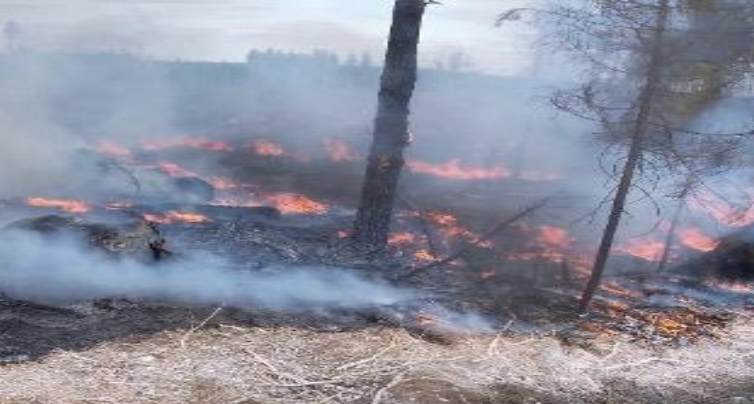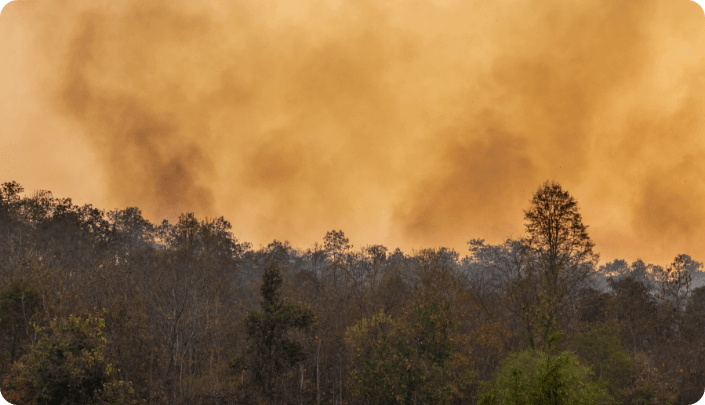Wildfires don’t wait — and fire prevention solutions can’t either too. That’s why real-world, independent testing of fire retardants is crucial. One of the most compelling recent evaluations of PreFireX, Xpyro’s long-term fire retardant, comes from the Forest Fire Laboratory of the Mediterranean Agronomic Institute of Chania (MAICh) in Crete, Greece.
In a controlled wind tunnel environment, researchers simulated forest fire behavior over a fuel bed of dead pine needles — a highly flammable, real-world fuel source. What they found was compelling evidence that PreFireX delivers powerful fire-stopping results both immediately and even a full day after application.
Testing the Limits of PreFireX
In the test setup, the fuel bed was divided into four zones:
-
Untreated bed (90 cm)
-
Treated bed with PreFireX (60 cm)
-
Control bed (30 cm)
-
Empty bed (30 cm)
The treated area was sprayed with 1.5 liters per square meter of PreFireX, and tests were run both one hour and 24 hours after application. To capture data, five thermocouple sensors recorded temperature changes at 0.5-second intervals, while a wind speed of 1.3–1.4 m/s simulated wildfire spread.
The Results: Fire Stops in Its Tracks

One Hour After Application:
When the fire hit the PreFireX-treated area, its rate of spread dropped sharply, and the flames were extinguished after burning just 10% of the treated bed.

after the treatment.
Twenty-Four Hours Later:
A second fire test conducted a day after application yielded similarly impressive results. Despite a slightly higher fire spread rate, PreFireX still stopped the flames, with only 40% of the treated bed affected.
What’s more, the fuel moisture content stayed significantly higher in treated areas — suggesting that PreFireX slows down the drying of fuels, effectively prolonging protection.
Scientific Backing Meets Real-World Value
The team at MAICh concluded that PreFireX offers strong fire-retardant capacity whether applied shortly before fire arrival or up to a day in advance. It not only reduced the Rate of Spread (ROS) but also lowered flame length and fire intensity, leading to full extinguishment in both tests.
These findings confirm what Xpyro has long emphasized: PreFireX isn’t just a reactive measure — it’s proactive protection that buys time, reduces risk, and strengthens fire defense planning.
Ready to Prevent the Next Fire?
Whether you’re safeguarding critical infrastructure, wildland areas, or high-risk perimeters, PreFireX is ready to deliver measurable protection.
📞 +358 40 731 5545
📧 harri.keskinen@xpyro.fi
Tested in the lab. Proven in the field. PreFireX is the future of fire prevention.


